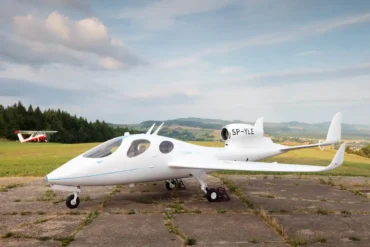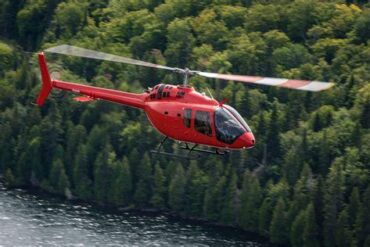Let me tell you about the Yak-40, a real trailblazer in the world of jet airliners. This little powerhouse from Russia was ahead of its time, beating out other planes in its class by a whopping 30 years! It’s a fascinating story of innovation and practicality in aviation.
History and Development
Back in the mid-1960s, Aeroflot (that’s Russia’s big airline) wanted something new to replace their older planes. They were looking for a jet that could handle short runways and serve smaller cities. A.S. Yakovlev and his team got to work, and on October 21, 1966, their creation took its first flight.
By 1967, they were churning these planes out, and Aeroflot started using them in September 1968. Over the next ten years, they built 1,011 of these babies, even sending 125 to 18 different countries. Talk about a success story!
What Made It Special?
What made the Yak-40 stand out from the crowd? Well, it had three engines instead of the usual two, which made it super reliable and great for short runways. It could even operate from far-flung airports, thanks to some nifty features like its own power unit and built-in stairs. This meant it could land at small airports without much ground support – pretty handy for reaching remote areas!
While they didn’t change the design much over the years, they did play around with some ideas for bigger and twin-engine versions. But the original Yak-40 was so good at its job, it didn’t need much tweaking.

Technical Specs
Now, let’s get into some of the cool details about this plane:
Powerplants
The Yak-40 had three Ivchenko AI-25 turbofan engines, each packing 3,300 pounds of thrust. That’s a lot of power for such a small plane!
Performance
This little jet could really move! It could cruise at about 340 mph at its fastest, or 290 mph if you wanted to save on fuel. With a full load of 32 passengers, it could fly about 900 miles. Fill it up with fuel, and you could stretch that to over 1,000 miles. They even made a special version called the Yak-40D that could go even further – about 1,365 miles with full tanks and some extra fuel for emergencies.
Size and Weight
Picture this: wings stretching 82 feet from tip to tip, a body 66 feet 10 inches long, and standing 21 feet 4 inches tall. Its wings covered an area of about 735.5 square feet – that’s like a medium-sized house!
Empty, the Yak-40 weighed about 20,725 pounds. Fully loaded, it could take off at 35,275 pounds. The Yak-40D could handle even more, taking off at up to 37,920 pounds.
Capacity
The Yak-40 needed three crew members – two pilots and an engineer. For passengers, it usually had 27 seats in rows of three, with enough legroom to keep folks comfy. If you really wanted to pack ’em in, you could fit 32 people. Some fancy versions even had special interiors for business big shots, seating 12 to 15 in style.

Production and Legacy
They made a total of 1,011 Yak-40s, with Aeroflot snapping up about 750 of them. That’s a lot of planes! By the late 2000s, around 490 were still zipping through the skies for commercial flights. Some of the others found new lives as private jets for companies.
The Yak-40’s legacy is pretty impressive. It proved that small jets could be reliable and versatile, paving the way for the regional jet boom that would come decades later. Even though newer, more efficient planes have largely replaced it, the Yak-40 holds a special place in aviation history as a pioneer in its field.
So next time you’re on a small regional jet, give a little nod to the Yak-40. This Russian trailblazer helped make those quick hops between cities a reality!
















